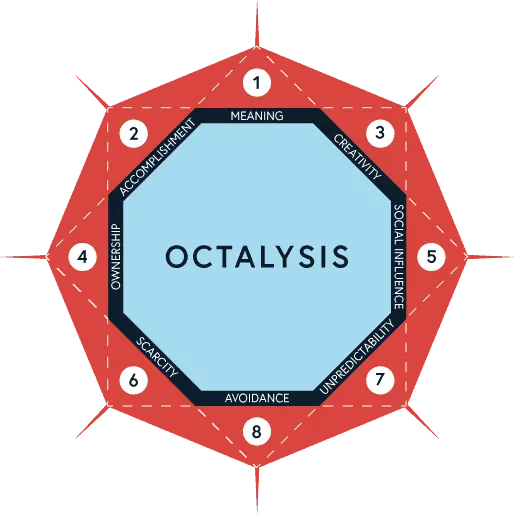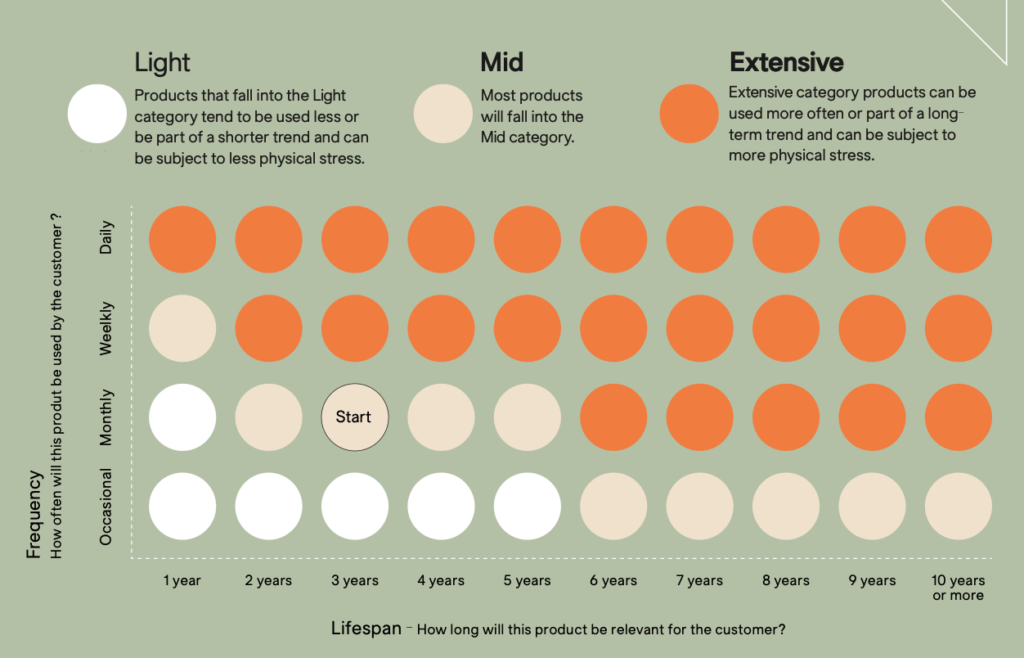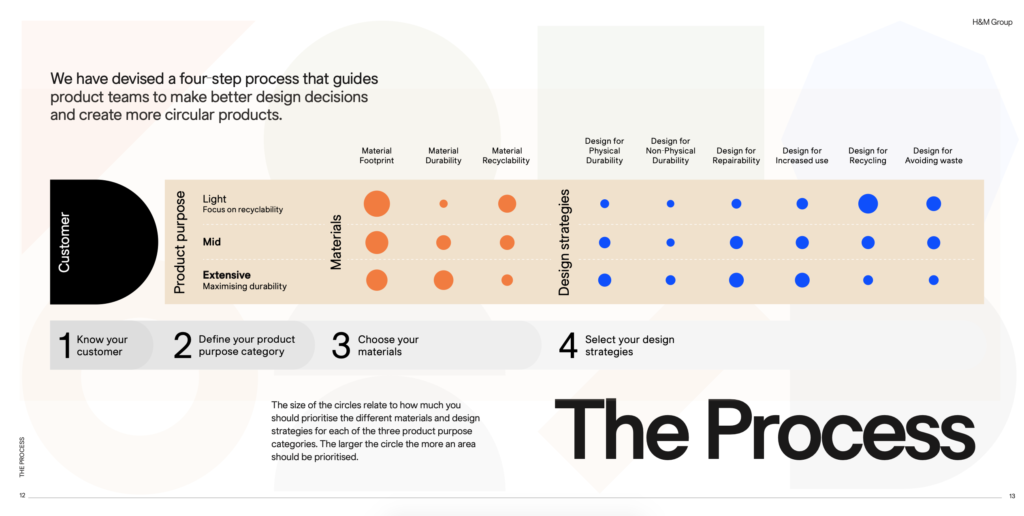Greenwashing is defined as “to make people believe that your company is doing more to protect the environment than it really is” (https://dictionary.cambridge.org/dictionary/english/greenwash). This is done to attract customers. Business Wire writes that there is a “significant global paradigm shifts in how consumers view sustainability and the associated generational differences in willingness to pay for sustainable products and services,” (The Global Sustainability Study 2021 by Simon-Kucher & Partners).(https://www.businesswire.com/news/home/20211014005090/en/Recent-Study-Reveals-More-Than-a-Third-of-Global-Consumers-Are-Willing-to-Pay-More-for-Sustainability-as-Demand-Grows-for-Environmentally-Friendly-Alternatives). This leads to a wish for companies to seem sustainable, even though they might not have the right or the knowledge to call themselves that. This leads to a gap between claims and truth.
Greenwashing
“Research carried out in Europe found that 42% of green claims were exaggerated, false, or deceptive” Harvard Business Review (HBR) writes (2022) about a “sweep” of websites carried out by the European Commission and national consumer authorities. They found this:
- In 37% of the cases included vague terms like “conscious” and “eco-friendly”
- In 57% of the cases there was no easily accessible evidence to back up the claims that were made
(https://hbr.org/2022/07/how-greenwashing-affects-the-bottom-line, https://ec.europa.eu/commission/presscorner/detail/en/ip_21_269)
HBR found that customers realize and are aware of the gap between the claims and actually actions enough to impact their satisfaction levels with the companies. This carries out to affect their relationship with the products and it affects the economy for the company in an impactful way. However, the customers “only care to a point.” If a company is seen as a high quality, innovative etc. brand, the satisfaction levels of the customers were unsignificantly affected even if the company was perceived as greenwashing. This result should, according to HBR, still be read with caution as a bigger or later research could show a greater effect.
(https://hbr.org/2022/07/how-greenwashing-affects-the-bottom-line)
How to avoid greenwashing, but still communicate sustainability
What HBR advices is that managers should pay equal attention towards their communicating their goals outwards and to their companies ability to achieve these. It is better as a company to promise something achievable and overachieve than the opposite. (https://hbr.org/2022/07/how-greenwashing-affects-the-bottom-line) This tactic can be seen in one of my previous posts about Northern Playground, and their communication outwards about how “no fashion is sustainable”. They still manage to communicate that their clothing is of the better alternatives if used right without risking a backlash for not being carbon neutral.
In addition to paying better attention to what is communicated outwards in statements, it can also be useful to use voluntary standards. E.g. EcoLabel Index (https://www.ecolabelindex.com) provides a vide variety of labels which can be used to legitimatize a companies claims. Here there is also room for mistakes, as many of the labels can be completely in-relevant or weak. Using recognizable and well known labels will likely give the best effect.
Avoiding greenwashing should be a high priority, but that doesn’t mean a company shouldn’t strive to reach high. As HBR writes it: “It may well be the case that they (ed. customers) are willing to forgive companies that tried and legitimately failed to implement their goals but customers might also be less forgiving towards those companies that attempted to cheat their way by exaggerating their credentials.” (https://hbr.org/2022/07/how-greenwashing-affects-the-bottom-line)






